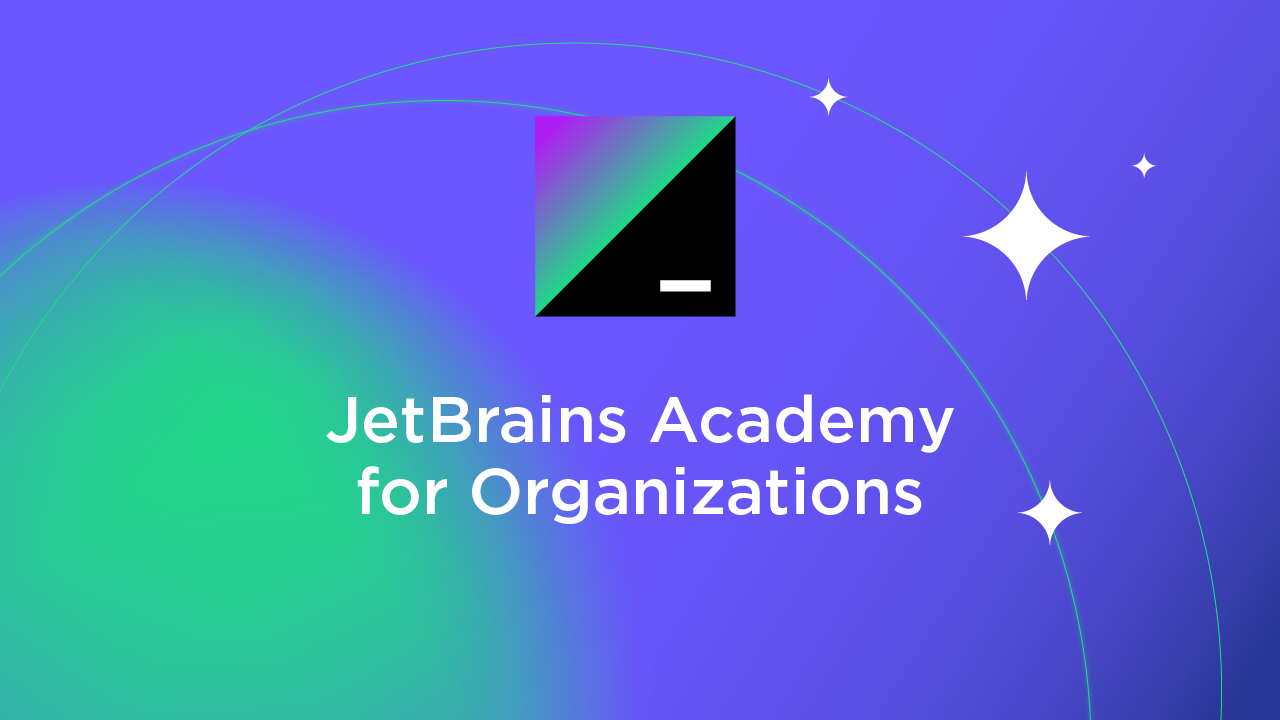

Visual editors help you design APIs without needing to memorize the entire OpenAPI specification. Writing YAML by hand is no fun, and maybe you don't want a GUI, so use a Domain Specific Language to write OpenAPI in your language of choice.ĪPI Gateways and related tools that have integrated support for OpenAPI. Render API Description as HTML (or maybe a PDF) so slightly less technical people can figure out how to work with the API. Various tools to convert to and from OpenAPI and other API description formats.Ĭheck to see if API requests and responses are lining up with the API description.Ĭheck your API description to see if it is valid OpenAPI. Tools that will take your code and turn it into an OpenAPI Specification document

Import LoaderInline from document.getElementById('container')) Ĭreate 've organised everything into categories so you can jump to the Otherwise, create an entry point (for example, /app/app_) and If you are building your app with webpack, make sure to import ring-ui components where needed. Install Ring UI with npm install -save-exact In case boilerplate generators are not your thing and you prefer to understand the inner workings a bit better.

npm run build to build a production bundle.npm start to run a local development server.Your project is ready to be developed.Then run npm install to install all the necessary npm dependencies. Install Yeoman and Ring UI generator: npm install -g Go to the root directory of your project (create one if necessary), run yo and enter the name of the project.


 0 kommentar(er)
0 kommentar(er)
